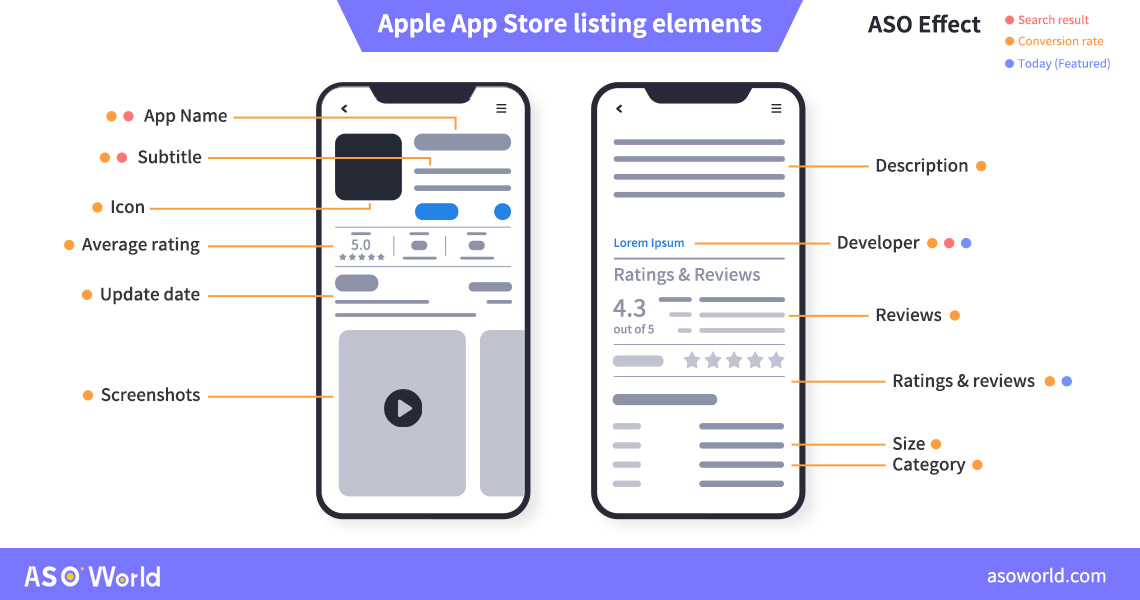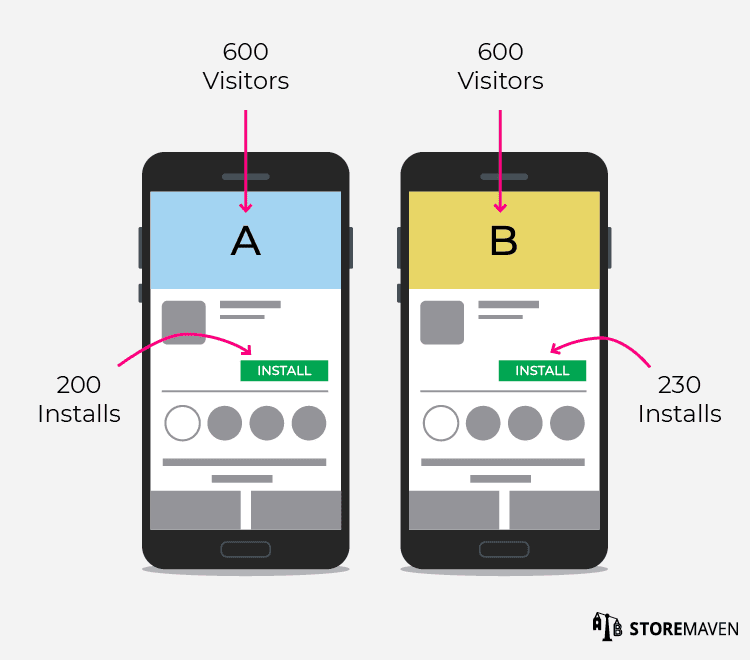App Store Optimization Masterclass Series 1/3 - Basics
In the first part of the series, we will start the ASO basics.
Ever wondered why some mobile games skyrocket to the top while others barely scrape by? The secret sauce often lies in an underutilized strategy: App Store Optimization (ASO). If you're eager to turn your mobile game into the next big hit, you're in the right place. Let's dive into the world of ASO, uncover its critical elements, and explore how A/B testing can turbocharge your game's visibility and downloads.

What is ASO and Why Should You Care?
ASO, or App Store Optimization, is like SEO for the app stores. It's the process of improving an app’s visibility within the app stores and increasing conversion rates for downloads. Think of it this way: No matter how fantastic your game is, if it’s hidden away on page 10 of the app store, it’s as good as invisible. ASO ensures your game stands out, attracts more players, and climbs the ranks.
Why is ASO Crucial?
Increased Visibility: The higher your game ranks, the more likely users are to see and download it.
Higher Conversion Rates: Optimizing your app page elements can turn more visitors into players.
Cost-Effective Marketing: Compared to paid ads, ASO is a sustainable, cost-effective strategy.

ASO Elements You Can Test
You might be wondering, what exactly can you tweak to improve your ASO? The beauty of ASO is in its flexibility. Here are key elements you can test:
1. App Name/Title
Your app's name is often the first thing users see. A catchy, relevant name that includes a primary keyword can significantly impact your visibility and downloads.
2. App Icon
Your icon is your first impression. It needs to be eye-catching, distinctive, and representative of your game.
3. Screenshots and Video Previews
Visuals speak louder than words. High-quality screenshots and engaging video previews can showcase your game’s best features and entice users to download.
4. Short and Long Descriptions
Descriptions are your pitch. A compelling short description can hook users instantly, while a detailed long description can provide more insights and persuade hesitant users.
5. Keywords
Keywords are the backbone of ASO. Strategically choosing and optimizing keywords can improve your game’s searchability.
The Power of Descriptions: Short vs. Long
You might think descriptions are just filler text, but they’re pivotal in convincing potential players. Here’s why:
Short Descriptions: The Hook
A short description is like a movie trailer—it needs to capture attention quickly. Highlight your game's unique selling points, use powerful, action-oriented language, and include a primary keyword. For instance, “Dive into an epic adventure with stunning graphics and thrilling gameplay!”
Long Descriptions: The Full Story
A long description gives you more room to elaborate on your game's features, updates, and what sets it apart. Use this space wisely:
Break it into readable chunks with bullet points.
Use relevant keywords naturally.
Include social proof, like user reviews or awards.
Mastering Keyword Optimization
Keywords are the lifeblood of ASO. Here's how to nail them:
Research: Use tools like Sensor Tower, App Annie, or Google Keyword Planner to find relevant keywords.
Relevance: Ensure your keywords accurately describe your game. Misleading keywords can lead to high bounce rates.
Competition: Balance between high-volume and low-competition keywords to find a sweet spot.
Localization: If you’re targeting multiple regions, localize your keywords to match local search behavior.

A/B Testing: Your ASO Secret Weapon
A/B testing is the process of comparing two versions of an app page element to see which performs better. Here’s how you can leverage it:
Why A/B Test?
Data-Driven Decisions: Instead of guessing what works, let data guide you.
Continuous Improvement: Regular testing helps keep your ASO strategy sharp and up-to-date.
What to A/B Test?
App Icon Variations: Test different colors, shapes, or design elements.
Description Versions: Compare different tones, formats, and keyword placements.
Screenshots and Videos: Test various sequences, captions, and visuals.
How to Conduct A/B Tests
Set a Hypothesis: Decide what you’re testing and why. For example, “Will a brighter icon attract more downloads?”
Create Variations: Develop two distinct versions of the element you’re testing.
Measure Performance: Use metrics like click-through rates (CTR), conversion rates, and download numbers to evaluate success.
Analyze Results: Determine which version performed better and implement the winning variation.
Conclusion: Ready to Elevate Your Game?
Mastering ASO with A/B testing isn’t just a one-time task—it’s a continuous journey. By regularly testing and optimizing your app’s elements, you can keep improving your game’s visibility and download rates. Remember, in the competitive world of mobile gaming, staying ahead requires a blend of creativity, strategy, and data-driven decisions. Now, it’s your turn to implement these strategies and watch your game soar to new heights. Happy optimizing!



